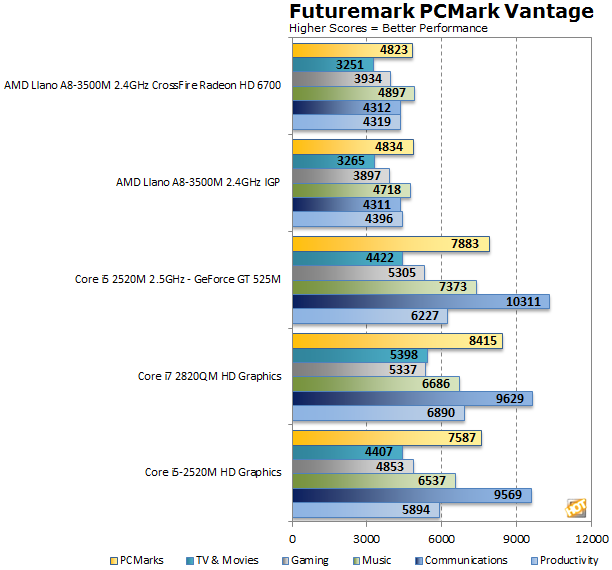Well that was just the 1.7 GHz chip and there will be a 2GHz one so it will rise by a little more. I think what is going on is intel has benched IVB vs older chips in order to get the 60% figure that was talked about. It'll be closer to 50% best case, and generally 30%-40% faster in my opinion.
Even if this 17W Ivy Bridge hits 13 fps, Trinity @17W will be a good 50% faster at ~20 fps. Again I believe this is also as good as it will get in a comparison and Trinity will be further ahead in actual gaming.
Even if this 17W Ivy Bridge hits 13 fps, Trinity @17W will be a good 50% faster at ~20 fps. Again I believe this is also as good as it will get in a comparison and Trinity will be further ahead in actual gaming.



